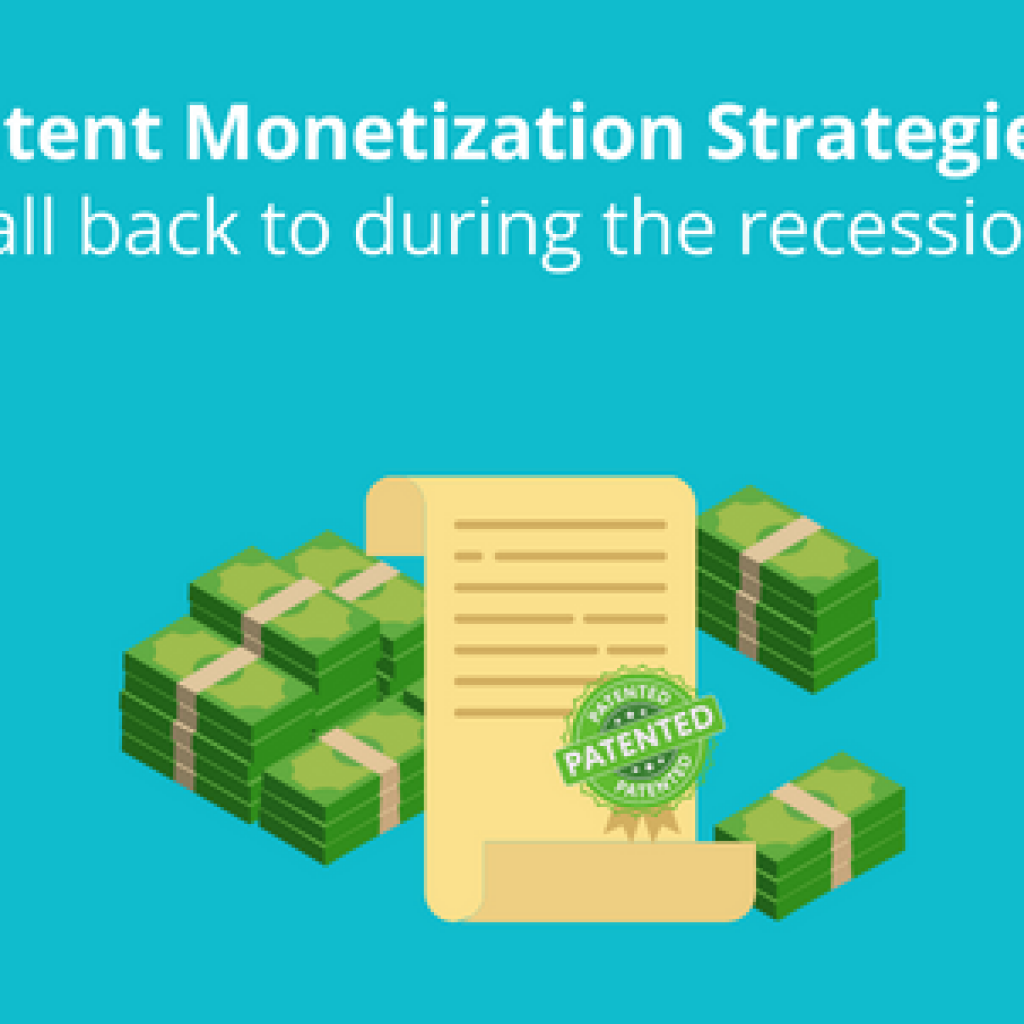Can creativity be taught or is it an inherent trait? Can creativity be learned and measured? Can creativity be improved over time and become better at? Well, despite all the myths about how the arrow of creativity belongs to a quiver of only gifted individuals, I would like to say that YES, creativity can indeed be taught.
We assume creativity to be something that belongs to geniuses like Einstein and Picasso. There, however, are multiple pieces of evidence that creativity can be taught over time and our brain can be trained to be more creative than before.
I agree that not everybody can become the next Einstein. Having learning skill, your own motivation and exposure to information will play a vital role in how creative you can be.
But how can we be more creative? Or to rephrase it, how can we increase our or our teammate’s creative potential? To understand the concept of being more creative than before, we must understand the concept of creativity itself. What does it mean when we say a person is creative? How can we measure it?
Can Creativity be Measured?
The short answer is yes! Creativity can be measured. There exist over a dozen of different definitions of creativity but almost all of them revolves around a similar concept – The ability to create or innovate something that is novel and unconventional; be it an idea, a product, literature work, or something else entirely.
The creativity of a person depends on several factors that work together in parallel. Some of these factors can be acquired over time like experience and knowledge while others may vary from person to person such as curiosity, motivation, and cognitive skills and abilities.
It is because of these factors that every individual bears a different level of creativity. We can all agree that profound singers like Taylor Swift or Eminem are not as creative as Bob Dylan or David Bowie but, they are more creative than an average artist, which again might be more creative than somebody else in the same profession.
This thought provides an idea that some individuals are more creative than others and some are less. The question that now comes to mind is – how do you measure it? There exist several other models that can help you understand the broader spectrum and differentiate between the different levels of creativity. One such model is the 4 C’s of creativity.
The four types of creativity
The research community has been studying the concept of creativity for more than half a century and there are multiple research papers defining 4 levels of creativity. Each level talks about a different level of creativity that exists in a person, from a person who has just created his first product, to a pioneer who will be remembered throughout history.
This concept can not only help you understand how creativity differs from person to person but, it can prove that creativity is a learnable skill.
Here is what 4 C’s represent in this model:
- Micro C
- Little C
- Pro C
- Innate or Big C
Let’s explore all of these in detail:
1. Micro C
Micro C is the level a person starts to innovate something novel using existing information available to him. The output might not seem remarkable creation or might not carry a significant value to others but it is the result of his own creative power.
As an example, a kid’s drawing might not seem like a remarkable creation at first but, it is meaningful to him.
2. Little C
At Little C level of creativity, your creation becomes meaningful and valuable not just for you but for others as well. Growth and experience over time take a person from Micro C to Little C. A greater number of individuals at this level are not professionals but, are better than an average practitioner.
Taking the above-mentioned example, after a little practice and feedback from teachers and parents, the drawing skills of a kid might become impressive over time. He is more skilled and creative in drawing than his peers but not a professional.
3. Pro C
Pro C level of creativity is what most of the professional stays on for an extended period of time. At this point, a person has gained significant experience and critics and professionals from domain admire his/her work and consider it a creative masterpiece.
In our example, the kid who was on micro C level at some point is now making a drawing that gets featured in art galleries. His work has become a source of income and is reaching new people across the country.
4. Big C
Big C is the level at which the creativity of a person results in him being remembered by not just the people in his domain but among the masses who admire his work. Individuals at this level have made this world a better place with their work and have acquired a significant place in our history.
Einstein, Picasso, Nikola Tesla, are a great example of pioneers with Big C level of creativity. They will be remembered throughout history for their work and achievements.
What does the Four C model teach us about creativity?
The Four C model of Creativity gives us an idea of where we should be working on to be more creative or to make our team members more creative. The Mini-C or everyday creativity is the starting point, which one has to develop to Little C and then to Pro C.
It is obvious that jumping from Micro C to Pro C or Big C is not possible. A person has to religiously invest efforts and gain knowledge to become better at what they do to switch to the next level. Of course, a will to learn new things and cognitive capabilities play a great role in increasing one’s creativity level, especially when approaching Pro C or Big C but, this doesn’t mean that a person cannot improve them.
Conclusion
The takeaway is, you can indeed teach a person to be more creative and become better at the tasks that he’s pursuing. Giving a lot of feedback and regular creative thinking training are a few of the many ways to achieve that. People also tend to be more creative in the tasks that they enjoy doing, so making sure your teammates are doing what they love can help them to be more creative in their profession.








